If you think you need a big garden to grow vegetables like zucchini, think again! Zucchini, also known as courgette, is one of the easiest and most rewarding vegetables to grow—even on a small terrace or balcony. With the right approach, you can harvest a basket full of fresh, organic zucchinis without any soil bed or fancy greenhouse setup.
In this article, inspired by the YouTube video “Try Growing Zucchini on the Terrace, Miracles Happened, Too Many Fruits”, you’ll learn the complete process—from choosing containers to harvesting abundant fruits. Whether you’re a beginner or an urban gardener looking to grow more in small spaces, this guide will help you get started with confidence.
Step 1: Choosing the Right Zucchini Variety
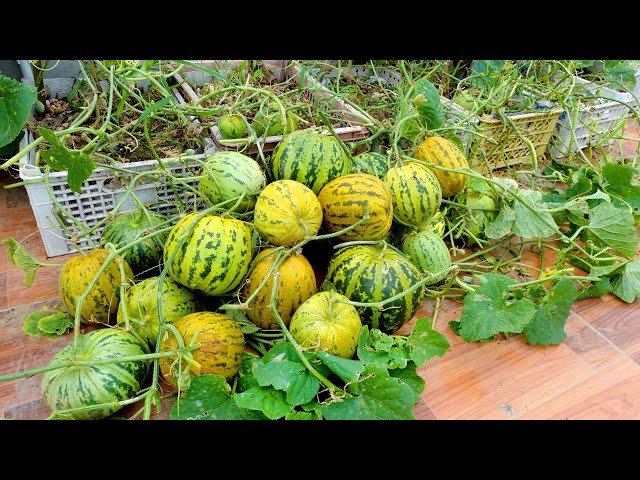
The first step to success is selecting the ideal zucchini variety for container gardening. Compact and bush-type zucchinis perform best in terrace setups. Some popular varieties include:
- Black Beauty: Fast-growing and produces dark green fruits with rich flavor.
- Raven: Compact, high-yielding, and great for containers.
- Astia: Specifically bred for small spaces and pots.
- Golden Zucchini: Adds a bright color contrast and is equally productive.
These varieties adapt well to pots and don’t need as much space as traditional vining types.
Step 2: Picking the Perfect Container
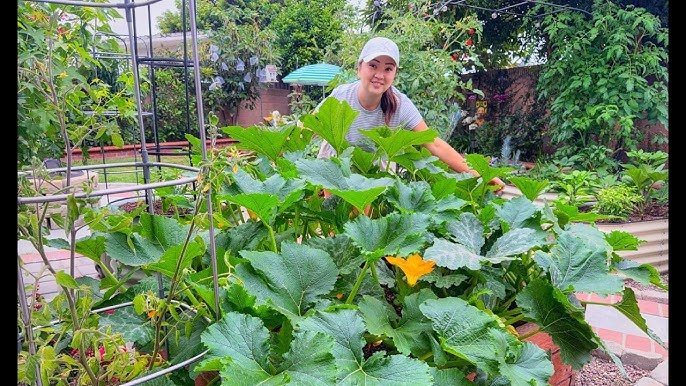
Since zucchini plants spread widely, a large, deep container is essential. Use a 20-25 liter (5-7 gallon) pot or a recycled plastic container with a minimum depth of 12–16 inches.
Tips:
- Make sure the container has drainage holes to prevent waterlogging.
- You can reuse old paint buckets, plastic tubs, or grow bags.
- Place a layer of small stones or broken clay pieces at the bottom for better drainage.
Terrace gardening often involves recycled materials, and this sustainable approach reduces waste while producing fresh, chemical-free food.
Step 3: Preparing the Ideal Soil Mix
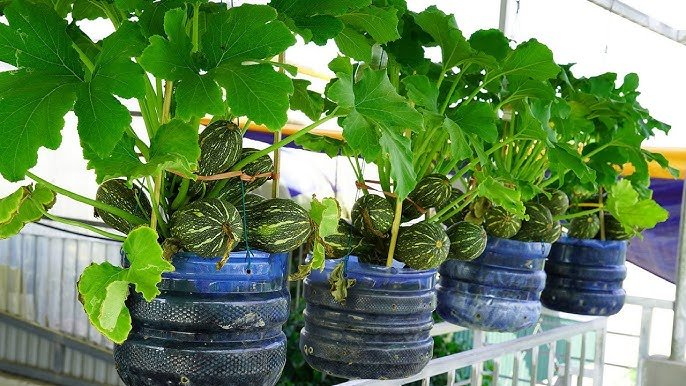
Zucchini thrives in nutrient-rich, well-draining soil. A poor soil mix can stunt plant growth and reduce yield.
Perfect Soil Mix for Terrace Zucchini:
- 40% garden soil or cocopeat
- 30% well-rotted compost or cow dung manure
- 20% river sand or perlite for drainage
- 10% organic matter (like banana peel compost or kitchen waste compost)
You can also add a handful of neem cake powder or wood ash to prevent pests naturally and improve soil fertility.
Step 4: Sowing the Seeds
You can grow zucchini directly from seeds—it germinates quickly and grows vigorously.
How to Sow:
- Plant 2–3 seeds in the center of the pot at a depth of about 1 inch.
- Keep the soil moist but not soggy.
- Seeds will sprout within 5–7 days.
- Once seedlings reach about 3–4 inches tall, thin them out by removing the weaker ones, leaving only one healthy plant per pot.
Zucchini plants grow rapidly, so ensure they receive 6–8 hours of sunlight daily on your terrace or balcony.
Step 5: Watering and Sunlight Requirements
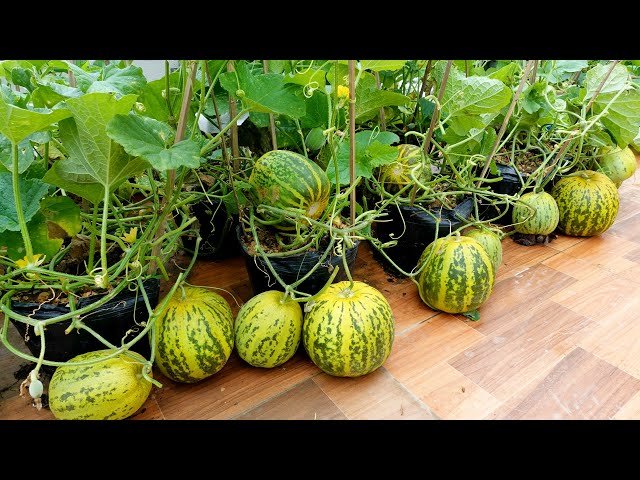
Zucchini loves moisture but dislikes standing water. Regular watering ensures healthy growth and a steady supply of fruits.
Watering Tips:
- Water the plants deeply every 1–2 days, especially in hot weather.
- Avoid wetting the leaves directly—focus on the base to prevent fungal infections.
- Mulch the soil surface with dry leaves or straw to retain moisture longer.
Sunlight:
Zucchini plants need at least 6 hours of direct sunlight daily. The terrace is an ideal place because it gets full sun exposure. During intense summer heat, partial shade during midday can protect the leaves from scorching.
Step 6: Organic Feeding for Explosive Growth
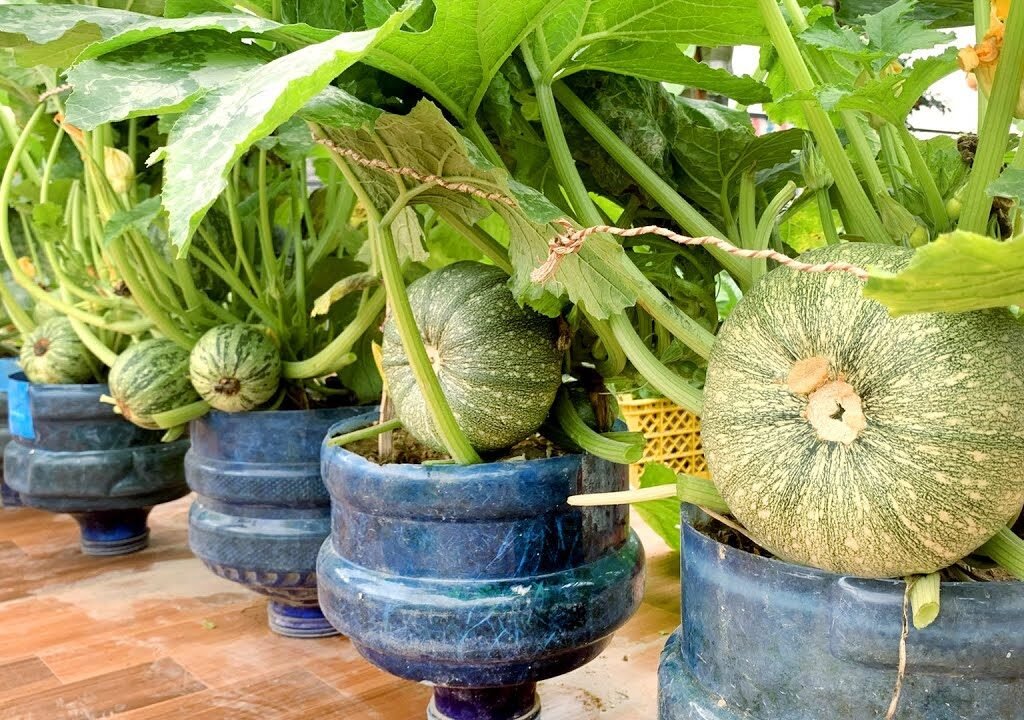
Fertilization is the key to a productive zucchini plant. Using organic materials ensures healthier plants and tastier fruits.
Feeding Schedule:
- Every 15 days: Add compost tea or diluted cow dung slurry.
- Once a month: Add banana peel fertilizer or fish emulsion for potassium and phosphorus.
- During flowering: Sprinkle wood ash or bone meal to promote more blooms and fruit formation.
If you want to encourage heavy fruiting, mix eggshell powder and banana peel compost into the soil—this natural combo boosts calcium and potassium, resulting in bigger, sweeter zucchinis.
Step 7: Supporting and Pruning the Plants
Though many zucchini plants are bush-type, they can still sprawl and take up terrace space. Supporting them vertically helps maximize productivity.
How to Support:
- Use bamboo sticks, trellises, or old netting for the vines to climb slightly.
- Tie the stems gently using soft twine.
Pruning Tips:
- Remove yellow or older leaves to improve air circulation.
- Trim excess branches that block sunlight from reaching new growth.
Proper pruning not only saves space but also prevents fungal issues by keeping the plants dry and airy.
Step 8: Pollination — Key to Fruit Production
Zucchini plants produce both male and female flowers. If pollination doesn’t occur, fruits may drop early or stay small.
Manual Pollination Method:
- Identify male flowers (thin stem) and female flowers (small fruit at the base).
- Early morning, pick a male flower and gently brush its pollen onto the center of the female flower.
You can also attract pollinators naturally by growing nearby flowers like marigolds, zinnias, or basil—these invite bees and butterflies to help with pollination.
Step 9: Controlling Pests and Diseases Naturally
Zucchini can sometimes face issues like powdery mildew, aphids, or fruit rot. Luckily, there are simple organic solutions.
Common Problems & Fixes:
- Powdery Mildew: Spray a mix of baking soda and water (1 tsp per liter).
- Aphids or Whiteflies: Use neem oil spray once a week.
- Rotting Fruits: Avoid overwatering and ensure good airflow.
Always inspect the underside of leaves and remove any infested ones immediately.
Step 10: Harvesting Zucchini — The Most Rewarding Moment
You’ll start seeing flowers within 30–35 days, and the first fruits will be ready to harvest in 45–60 days after sowing.
Harvesting Tips:
- Pick zucchinis when they’re 6–8 inches long for best flavor and texture.
- Don’t let them overgrow; oversized zucchinis become tough and seedy.
- Regular harvesting encourages continuous fruiting—one healthy plant can produce 10–15 zucchinis or more in a single season!
Cut the fruits with a sharp knife, leaving a small stem attached.
Step 11: Enjoying Your Homegrown Zucchini
Once harvested, you can enjoy your terrace-grown zucchinis in countless ways—grilled, stir-fried, in soups, or even baked into zucchini bread. The freshness and taste of homegrown produce are far superior to anything bought from the market.
You’ll not only save money but also experience the satisfaction of growing your own healthy food sustainably.
Final Thoughts:
Growing zucchini on your terrace is more than just a gardening experiment—it’s a step toward self-sufficiency and eco-friendly living. With minimal space, recycled containers, and simple organic methods, you can turn your terrace into a thriving green oasis producing kilos of fresh zucchini every season.
So, grab some seeds, prepare your containers, and start your own “miracle zucchini project.” You’ll be amazed at how easy and rewarding it truly is to grow your own food—even without a garden!
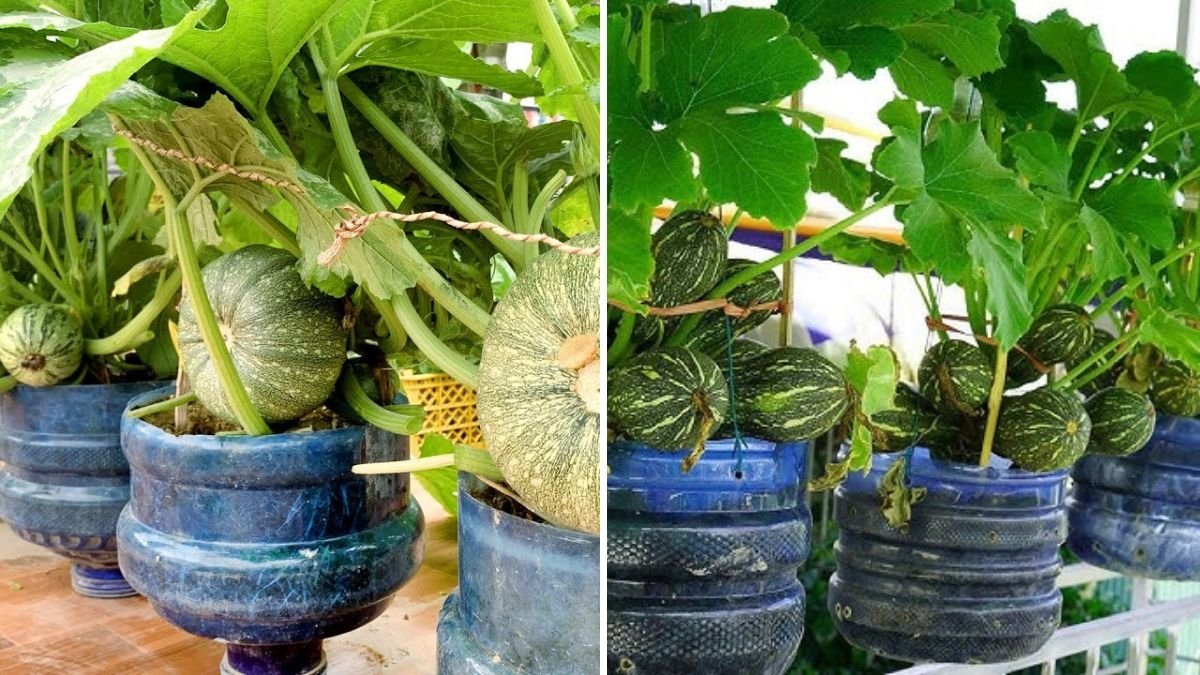





Leave A Comment